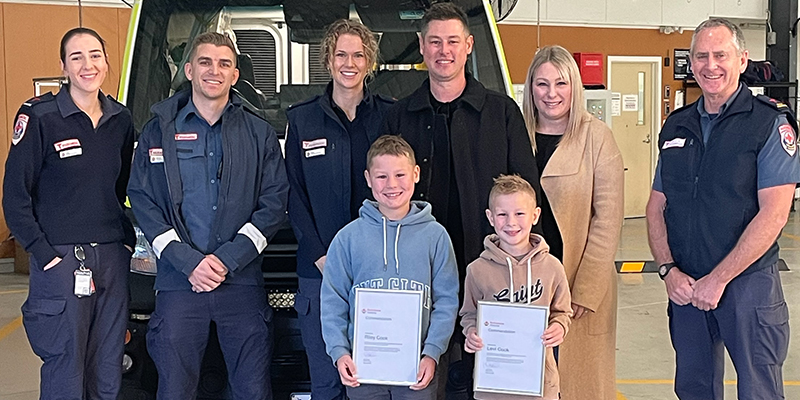- It is estimated that upwards of 40,000 humpback whales may migrate from the temperate waters of Antarctica to the sub-tropical waters of Queensland’s east coast in the coming months.
- The whales will spend around five months in the warmer waters where they will breed and calve.
- Humpback whales were on the brink of extinction, with an estimated 500 left after being exploited by the whaling industry, but the population has recovered in recent years.
The mesmerising east coast migration of thousands of humpback whales has begun, with the giant mammals spotted in waters off Stradbroke Island and the Gold Coast.
These first arrivals are among an estimated 40,000 whales from the Southern Ocean that are expected to stay in Queensland waters between May and November.
The whales will continue up the east coast where they will disperse throughout the Great Barrier Reef Marine Park. Some have been recorded travelling as far north as Cape Tribulation.
While in Queensland waters, the humpbacks will calve and breed, with many of them congregating in warmer waters of the Great Barrier Reef between Mackay and Townsville.
The sheltered waters of Hervey Bay, within the Great Sandy Marine Park, are considered a rest point in their migrations up and down the coast.
Humpbacks are more likely to be seen at these stopover points or along areas of the coast where their migratory route brings them relatively close to the mainland.
During the annual migration, thousands of people are expected to take part in authorised whale watching tours along the Queensland Coast.
Boaties are reminded that humpbacks travel along the coast day and night and can surface unexpectedly. They may nudge boats, slap their tails near vessels, or leap out of the water.
Humpbacks are also curious creatures and may approach boats, and skippers are advised to adhere to the approach limit rules.
At 15-metres in length and weighing in at around 40 tonnes, humpbacks are an impressive sight, and anyone who is lucky enough to have a close encounter will take away memories that last a lifetime.
As stated by the Minister for the Environment and the Great Barrier Reef and Minister for Science and Innovation Leanne Linard:
“Humpback whales have been brought back from the brink of extinction and their recovering population is one of the world’s greatest conservation stories.
“It is amazing to think that whale numbers have rebounded from around 500 in the 1960s when commercial whaling ceased to a point where as many as 40,000 may soon visit our own backyard.
“These magnificent animals were once exploited primarily for their oil, but they are worth much more to Queensland’s economy through conservation and nature-based tourism.
“During the annual migration, the whales may travel around 8,000 kilometres, and they can be seen from our national parks that overlook the coastline.
“I encourage people who have never seen a whale up close to book an encounter with an authorised whale watching tour and take the opportunity to see the whales up close, as I did with my family in recent years.
“Their sheer size, agility, curiosity and the spectacular breaching leaves an indelible impression on people, and the memories will be talked about for years.
“This is not only a wonderful family activity but also supports our economy and regional communities by creating jobs through accommodation and entertainment, which is crucial during these times.
“The Miles Government will continue to work with the Albanese Federal Government and other stakeholders to protect and conserve this iconic species and the waters they visit off Queensland’s coast.”








